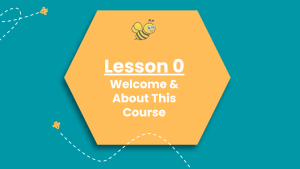
Lesson 0 – Meet Ray and How this Course Works
Ray introduces himself and the beekeeping course, discussing the purpose of the course, its structure, and optional bonus materials.
Please purchase the course to obtain a password. Then return here.
If you lost your password, please email Ray

Ray introduces himself and the beekeeping course, discussing the purpose of the course, its structure, and optional bonus materials.
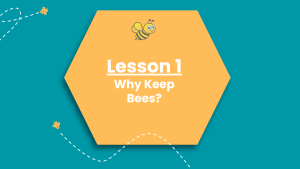
This video discusses the importance of beekeeping and the reasons why people are interested in keeping bees.
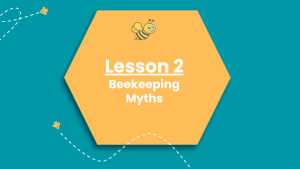
This video discusses common myths and misconceptions about beekeeping, and how they compare to the reality of the experience.
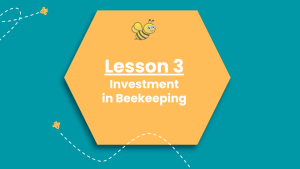
This video discusses the investment required for beekeeping, covering both the time and money aspects
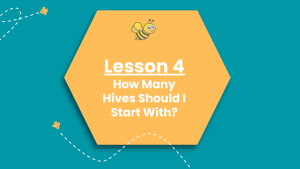
The video discusses the advantages of starting with two hives for beekeeping, including risk mitigation, learning opportunities, resource sharing, and honey production.
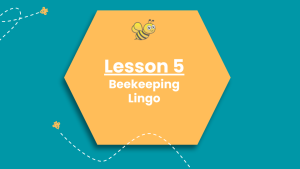
An explanation of common beekeeping terms and lingo, providing a beginner’s understanding of these terms for anyone interested in beekeeping.
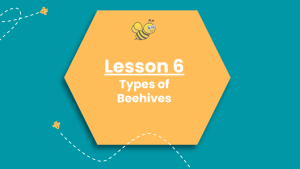
The video provides an overview of various types of beehives and offers advice on which types are suitable for beginner beekeepers.
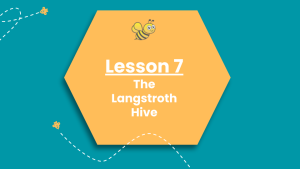
A comprehensive overview of the Langstroth beehive, including its history, design, sizes, parts, and common questions from beginners.
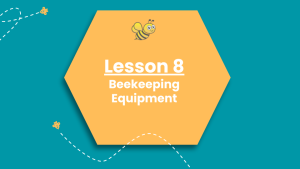
This video provides an overview of the essential tools and equipment needed for beekeeping, including protective gear, gloves, bee suits, and other specialized tools like smokers, frame grabbers, bee brushes, and more.
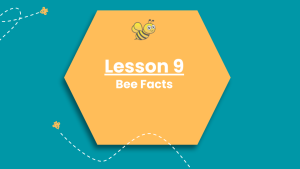
This lesson introduces interesting facts about bees as a foundation for bee biology and hive management.
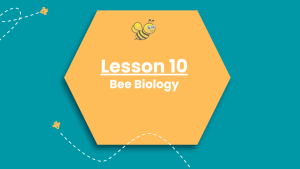
This lesson covers the basic biology of bees and their roles within the hive. It includes information on the three types of bees in a hive: queen, drone, and worker bees.
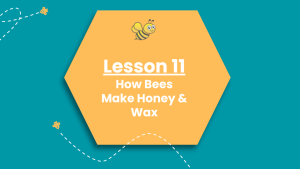
This video discusses the fascinating process of how bees make honey and wax in a beehive, from foraging for nectar to the production of honeycomb and the importance of wax in the hive ecosystem.
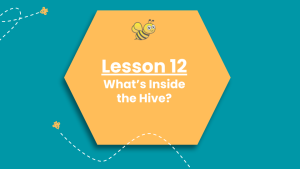
This lesson provides an in-depth look at the different stages of brood, including queen cells, worker brood, and drone brood, as well as the importance of nutrition and bees of all ages in maintaining a healthy hive.
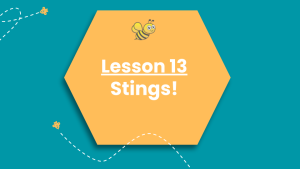
This lesson discusses stings and how to deal with them, as well as strategies for handling aggressive hives in beekeeping.
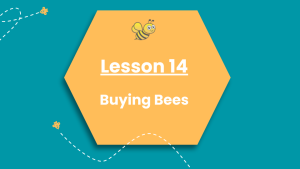
This video discusses the different ways to buy bees for beekeeping, including buying a package of bees, a nucleus, a full hive, and catching a swarm.
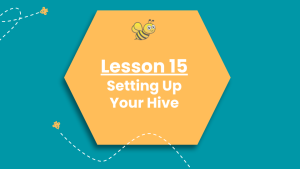
This video covers the important factors to consider when setting up your beehive, including optimal placement, ventilation, entrance reducers, and painting
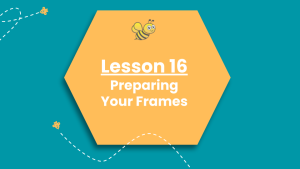
This video provides a detailed guide on preparing bee frames for the hive. It covers the importance of waxing the foundation and different methods for applying wax to the frames.
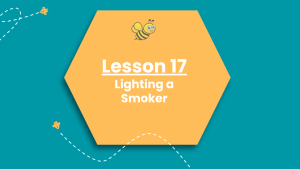
The video provides a detailed guide on the importance of the bee smoker for beekeepers and demonstrates the different materials and methods for lighting and maintaining the smoker to ensure it stays lit for longer periods of time.
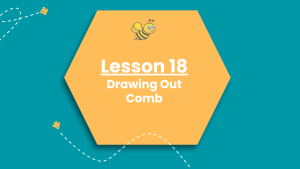
This video provides various strategies for beekeepers to encourage bees to draw out comb quickly, including checkerboarding, managing frame placement, providing sugar water, and using different colored foundations
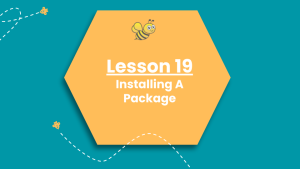
This video provides a detailed overview of how to install a package of bees into a beehive, including tips on handling the bees, preparing the hive, releasing the queen, and ensuring a successful installation.
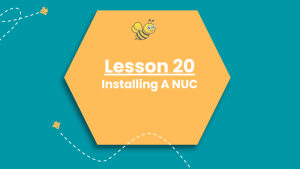
This video provides a detailed overview of how to install a Nuc of bees into a beehive.
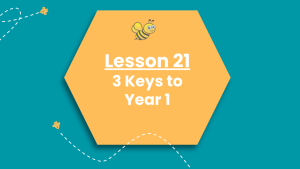
Ray Reviews 3 Things to Focus on your first Year in Beekeeping.
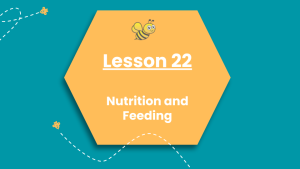
All about feeding your bees, feeder and providing nutrition
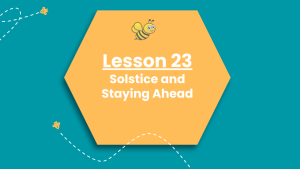
Ray Reviews the bee calendar, staying ahead, and effect of hours of daylight on bee activity.
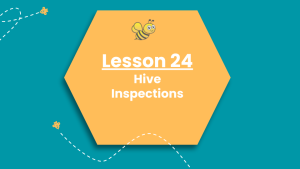
Ray Reviews what to look for and how to do a bee hive inspection.
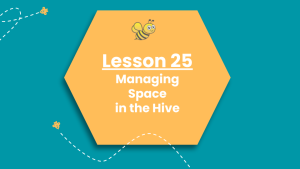
Ray Reviews basics on how and when to add or remove supers from your bee hive.
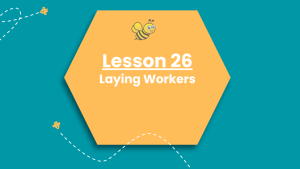
Ray Reviews how the workers bees can stay to lay drone eggs if there is no queen present.
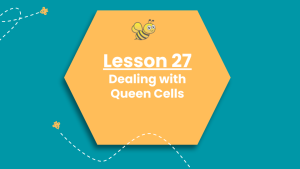
Ray reviews the types of queen cells and what you may want to do with each type.

Ray reviews swarming, orientation flights and bearding as outside activities you may see around your hive.
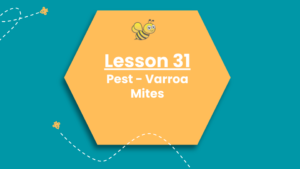
Ray reviews what the Varroa Mite does to our colonies.
Lesson 43 Demaree Vertical Splits for honey production